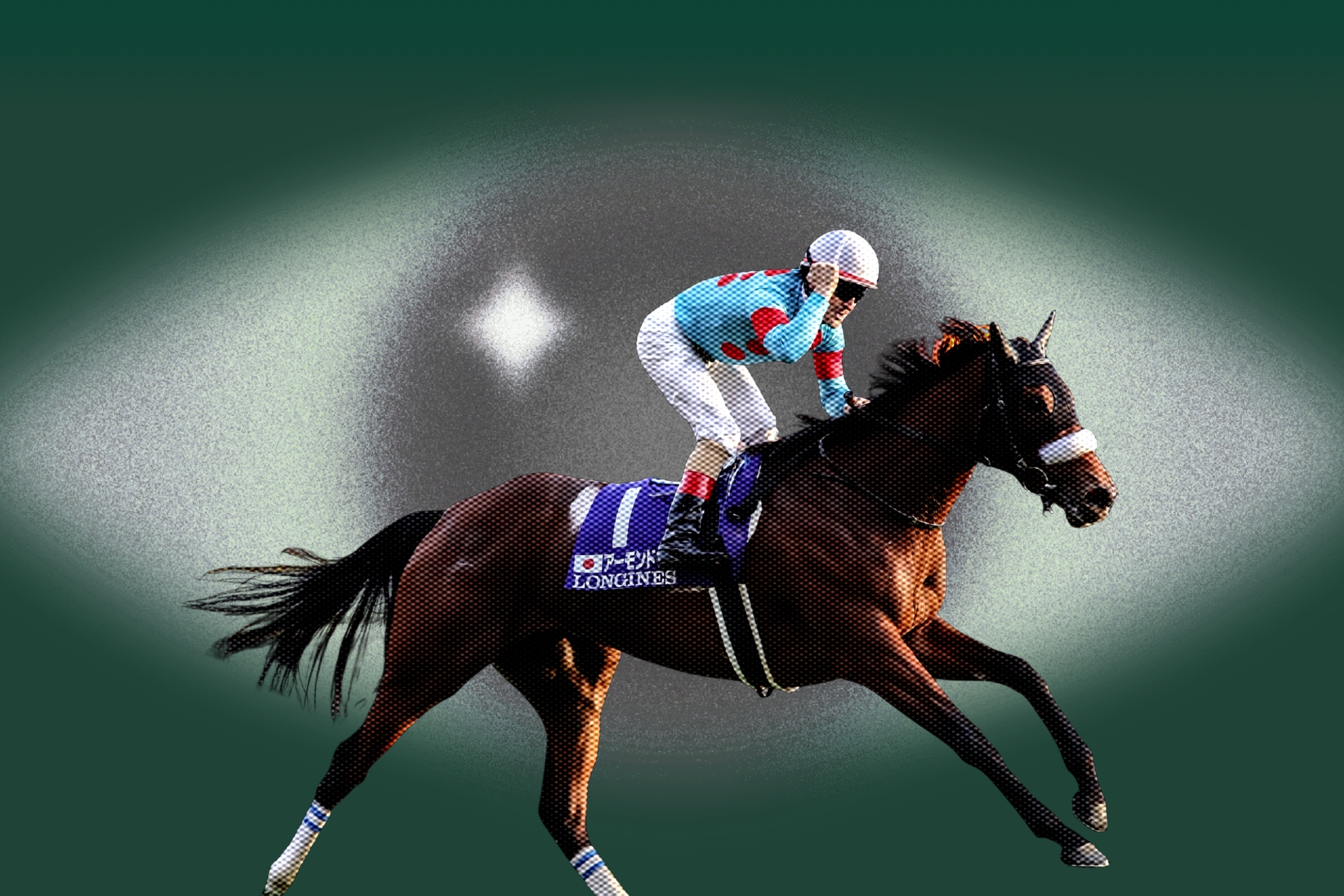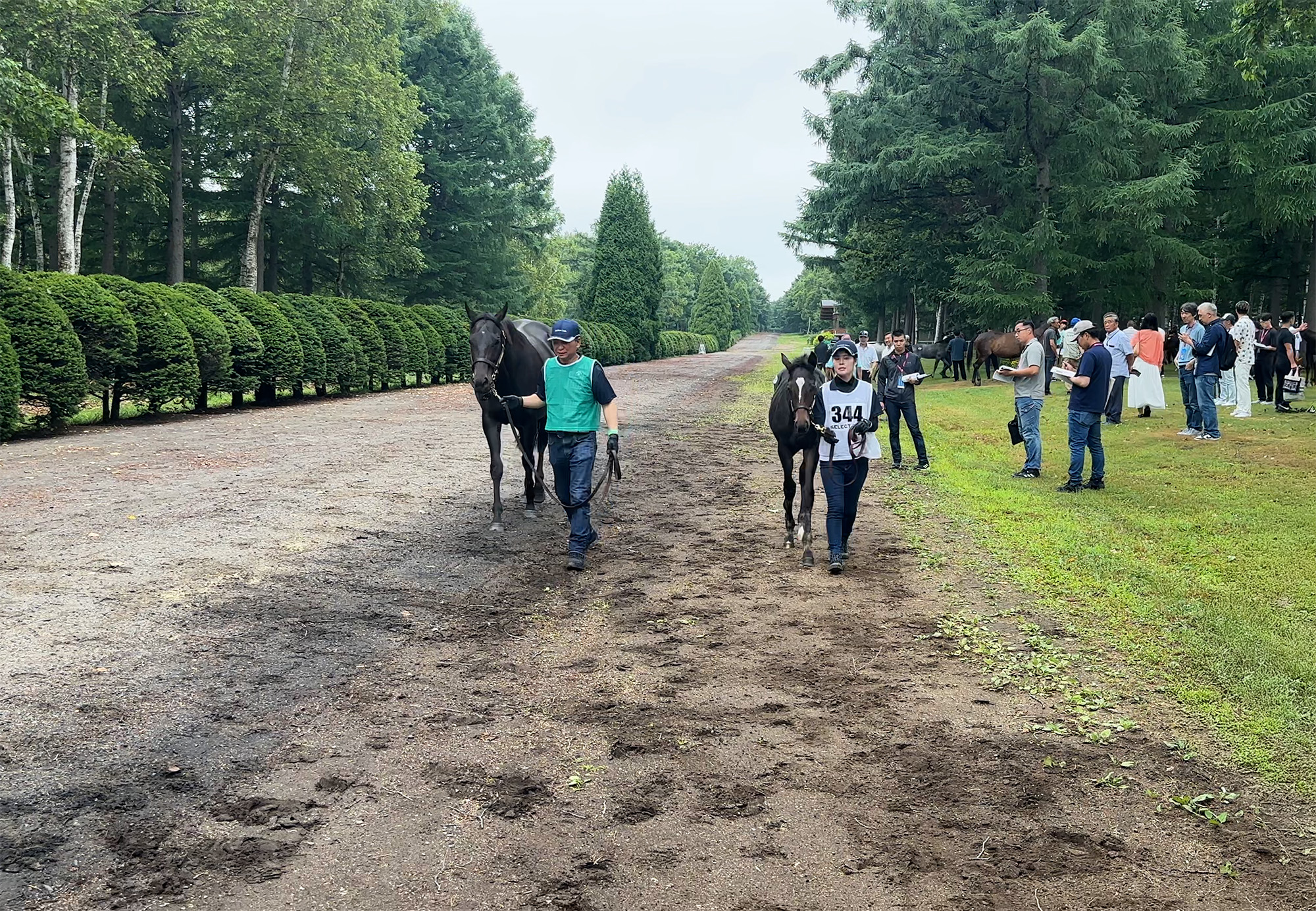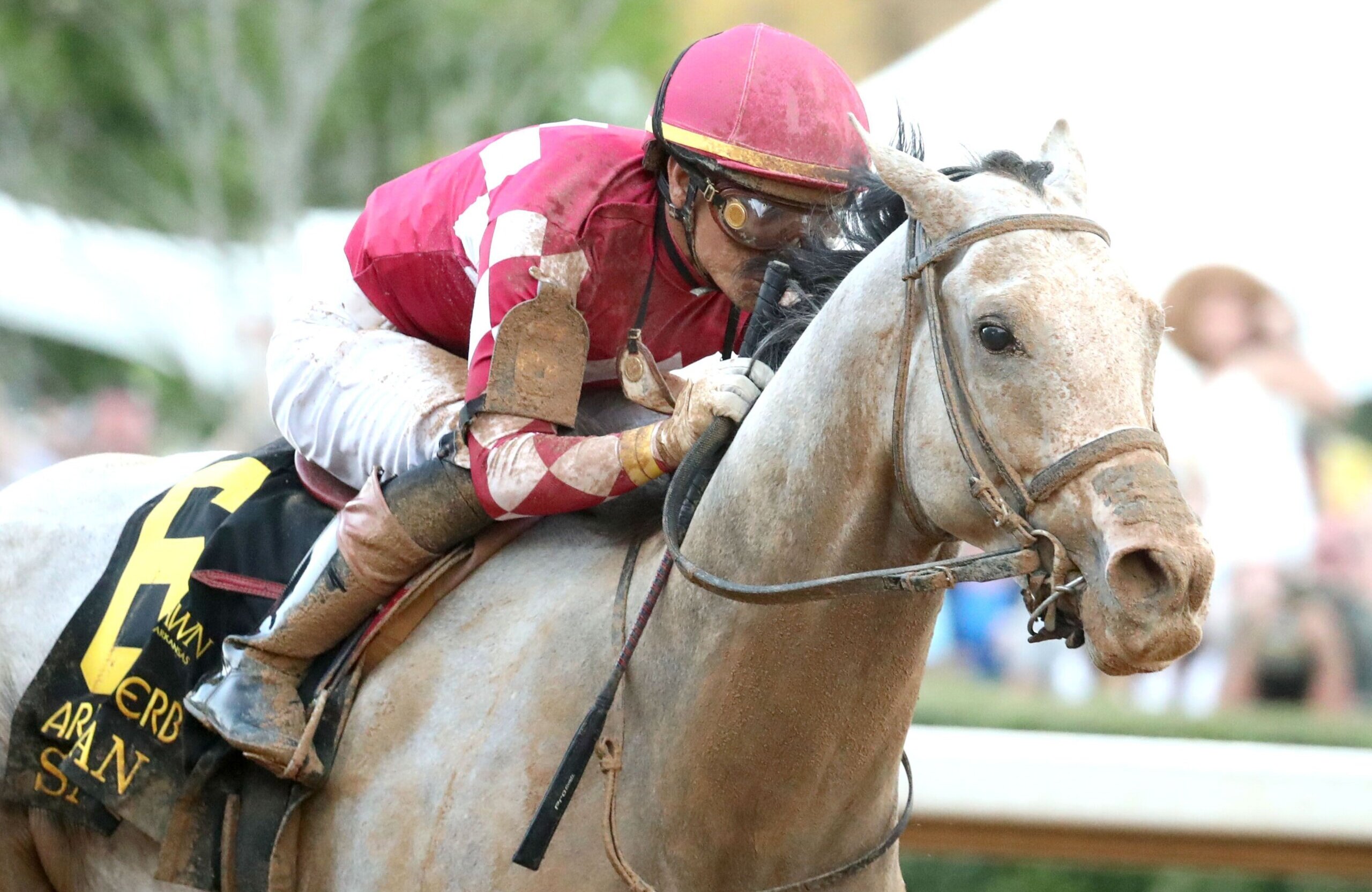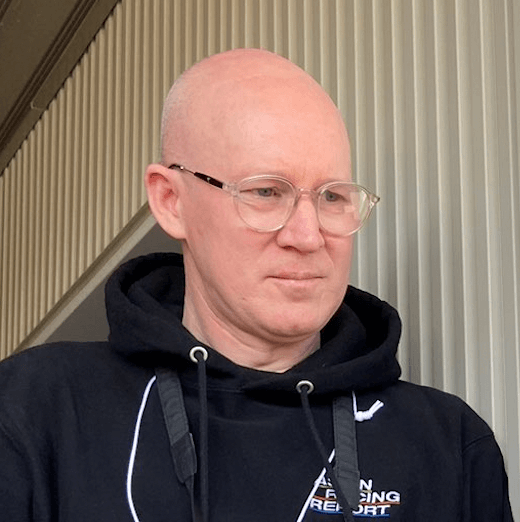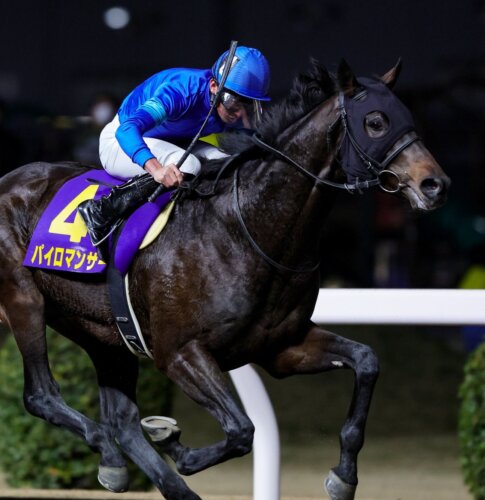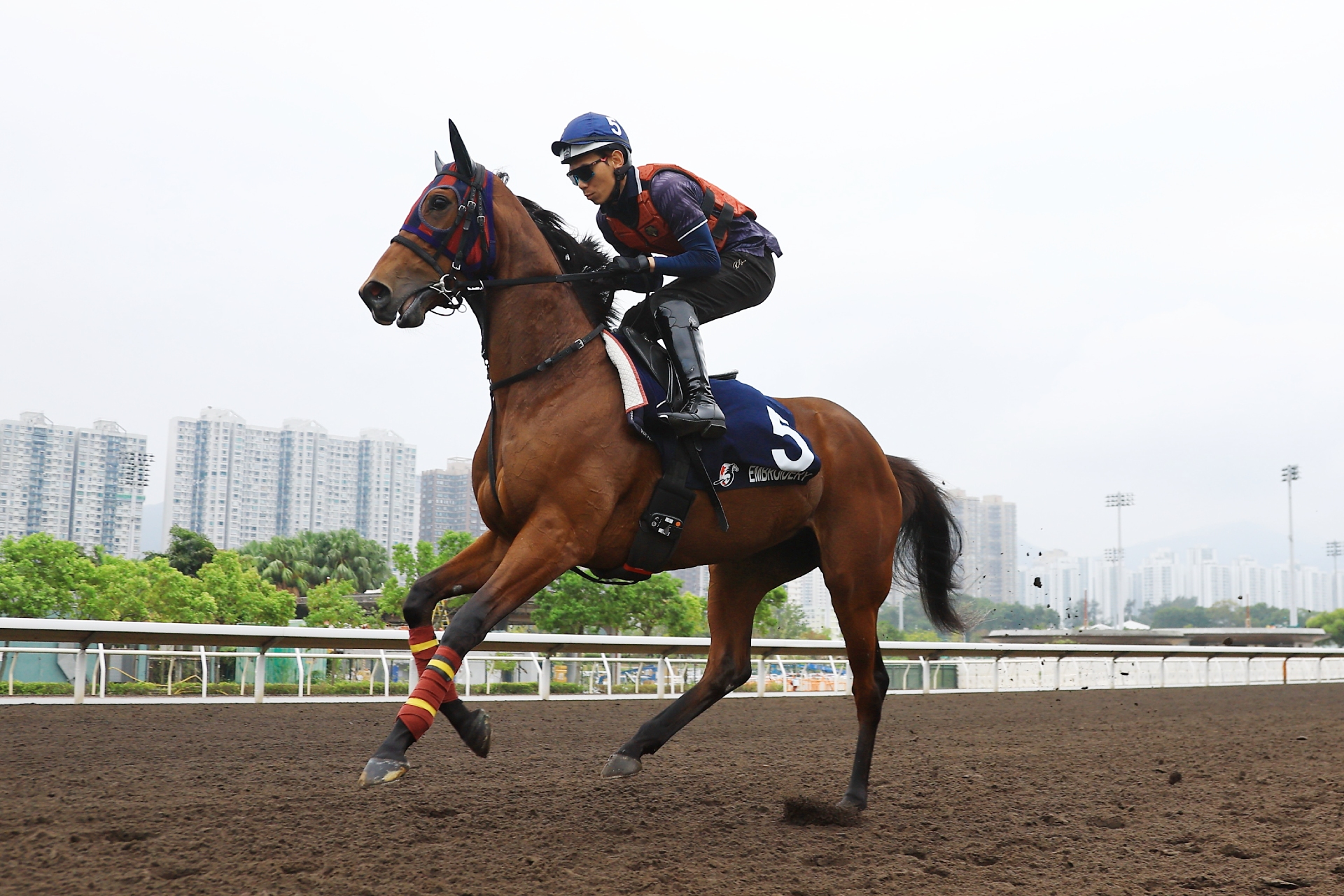Lemaire Still In Awe Of Almond Eye, The Japan Cup’s ‘Final Boss’
On the eve of this year’s Japan Cup, five years on from Almond Eye’s farewell victory, Christophe Lemaire talks to Idol Horse about the great mare’s career and her brilliance in winning the international feature not once but twice.
Lemaire Still In Awe Of Almond Eye, The Japan Cup’s ‘Final Boss’
On the eve of this year’s Japan Cup, five years on from Almond Eye’s farewell victory, Christophe Lemaire talks to Idol Horse about the great mare’s career and her brilliance in winning the international feature not once but twice.
28 November, 2025CHRISTOPHE LEMAIRE doesn’t hesitate when he’s prompted to recall the numbers on the clock when Almond Eye surged past the winning post in the 2018 Japan Cup.
“Two minutes, twenty seconds point six,” he tells Idol Horse. “A mile and a half world record. That was something special.”
Nor will he ever forget the reverential adulation the great mare received after her second Japan Cup victory two years later, her last race, held in that immediate post-Covid time when restrictions still allowed only about 10,000 fans into Tokyo racecourse’s vast grandstand.
“That was her last time in front of the stand and in front of the fans, the sun was going down and there was a kind of mystical atmosphere on that day,” Lemaire says.
“There was not loud cheering, there was applauding and it felt like people were saying ‘We witnessed what just happened,’ you know, ‘We are happy to be here and witness the last run of Almond Eye, a legendary horse in Japanese horse racing.’ And that was a really special moment in my whole career.”
Almond Eye rarely did anything that wasn’t special. Even in retirement she has found further fame in the Umamusume game and anime franchise, earning the moniker “Final Boss” because it is the great mare, transformed as a ‘horse girl’, that appears as a secret boss opponent in the Dream Fest element of the Twinkle Legends storyline. Needless to say, she is tough to beat.
But even in reality, Almond Eye achieved the fantastic. The first of her two Japan Cup wins came at the end of a three-year-old season that had seen her go unbeaten through a classic campaign in which she won the Fillies’ Triple Crown of the Oka Sho, Yushun Himba and Shuka Sho. Two years later, at age five, her second Japan Cup not only capped her career but also enhanced her legend even further.
Between times she won the G1 Tenno Sho Autumn twice, the G1 Victoria Mile, twice made the frame in the G1 Yasuda Kinen at a distance short of her best, and ventured overseas to prove her brilliance to the world in the G1 Dubai Sheema Classic.
Lemaire rode the Sakae Kunieda-trained Almond Eye in all but one of her 15 races. The partnership started at Niigata in a 1400m Newcomers race, but it didn’t quite go as expected given connections believed they had a top-class prospect on their hands. Almond Eye was 1.3 favourite but placed second and the stewards penalised Lemaire for interference.
He recalls she broke slowly, raced near the rear, then hit traffic when she was slaloming her way through the field as up ahead an apprentice, Yutaro Nonaka, was making use of his claim to slip the field on Nishino Urara.
“At the end Almond Eye was flying,” Lemaire says. “Because she accelerated so strongly, the horse that was in front of me came (back) to me too quickly and I interfered with another horse. I got the penalty because she was going double speed compared to the other horses.
“When I met the trainer afterwards, I said, ‘OK, we lost today, but don’t worry, she’s got a superb acceleration, and she will win next time without any doubt.’”
And so, she did: a maiden at Tokyo, which began a streak of seven wins in a row that went through a sensational three-year-old campaign.
“This is really what I like in my job, to make a horse as they are growing up, to build a horse to be competitive in the Group 1 races,” Lemaire says. “Of course, Almond Eye had natural abilities, she was strong bodied and had a big heart, a strong mentality. But still she had to improve race by race and this is what she did. I was especially sure I could win the Oaks, but over a mile in the Oka Sho, I thought she would not yet be ready at that time to win a Group 1 at the mile. But because she was outstanding, she still did it in beautiful style.
“But she definitely still had some margin to improve, to get stronger, to get more speedy in the early race and maybe it was until her first Japan Cup that she was still in progress. And she reached her top and maturity maybe for her first Japan Cup.”
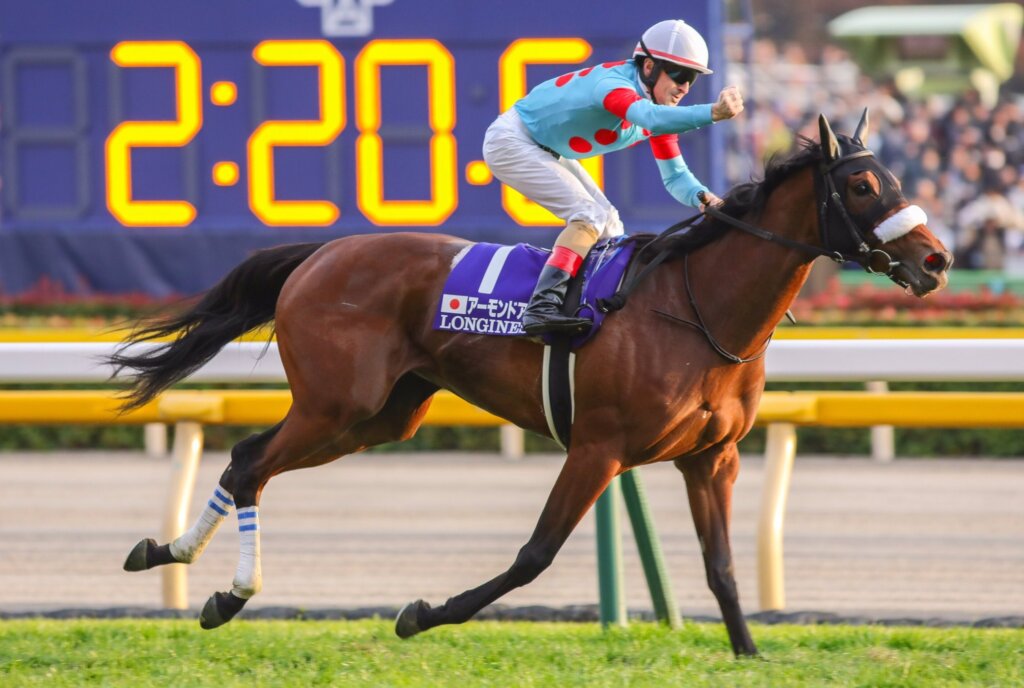
The 2018 Japan Cup was a stunning watch thanks to the tearaway stayer Kiseki, winner of the G1 Kikuka Sho the year before. Also in the field were the previous year’s Japan Cup winner Cheval Grand and the horse that would win it in Almond Eye’s absence in 2019, Suave Richard. Almond Eye was the 1.4 favourite.
“She was already considered a superstar,” Lemaire says. “She was the best filly of the year, of this generation, but how could she perform against the old horses and the colts? Everybody was looking forward to seeing her against such company and she just showed how good she was.
“From my point of view, the race was over in the back stretch because she was travelling so easily. We had a good pace in front of us with Kiseki and I was sure he could bring us into the last 200 metres. So, yeah, in my head, the race was over on the back stretch when I could relax Almond Eye and just let her find her own rhythm.”
She galloped up to Kiseki, the rest of her rivals already defeated, and when Lemaire asked her to quicken, the acceleration was brilliant and decisive.
“As a three-year-old, she had a bit of weight advantage and despite a strong pace, she geared up again in the last 200 metres and that was very, very impressive,” he says of the race that sealed the Horse of the Year title.
Two years later, the picture was different. She was the established star facing the new wave of three-year-olds. Not one but two Triple Crown winners: the outstanding colt Contrail – he would win the Japan Cup the next year – and the unbeaten Triple Tiara-winning filly Daring Tact.
“She faced three generations of horses, with top-class horses in all three generations, and she beat them all, so that race really proved how good she was,” Lemaire says. “Beating the Triple Crown winner and also the Triple Tiara winner, and they were second and third, so yeah, she was the best of all. That was an amazing performance.
“It was the race I most enjoyed with her,” he continues. “The race before in the Tenno Sho, she broke the record of the most Group 1 wins by a horse in Japan, eight wins in Group 1, so I had the pressure then because it was the race she had to win and it was her comeback after a long lay off – she had to break that record on that day, she couldn’t lose.
“When she won, I knew then the Japan Cup was our last race so I had no more pressure. I just wanted to enjoy every single minute on her back from the paddock to the winning stall. And that was 30 minutes of 100 per cent pleasure for me.”
The win that first took her to a global racing audience though was the 2019 G1 Dubai Turf at Meydan over 1800m, her first race as a four-year-old. She did not even have to be at her best to beat the 2017 winner Vivlos by a length and a quarter.
“It was not her best performance in terms of demonstration of her potential,” Lemaire says. “But still she had that classy flash, you know, at the 400 where she made the difference. And at least she had that international victory to say, OK, I’m good at home, but I can also be outstanding abroad.”
Almond Eye’s only career blip came in the G1 Arima Kinen at the end of her four-year-old season. She was a disappointing ninth behind another famous mare, Lys Gracieux.
“That was the only time and it was because she was too fresh: her schedule had changed one month before that race in the Arima Kinen, she was very keen and I couldn’t give her the best race,” Lemaire says.
“She was a very clever filly and in all the other races, she was a dream of a ride for a jockey because she could start settling very well, breathing by herself, you know, like knowing what she had to do.
“I just had to put her at the right spot to win the race. She was a very quiet horse in training and everything, but as soon as she put her foot on the track, wow, she was like a warrior, like a boxer going into the ring. She would go into the gate and she was like, OK, let’s open the gate and let’s race. So I had to keep her calm just a few minutes before the race. But she was a true racehorse with that physical ability, but also a strong mentality.”
Since her retirement from the track Almond Eye has settled into being a broodmare and her offspring so far includes the two-time minor winner Aaron’s Rod by Epiphaneia, her Maurice two-year-old Promesa al Mundo who won his sole start to date in August, an unnamed Kitasan Black yearling filly, and a colt foal by that other great Silk Racing-owned megastar of recent years, Equinox.
Almond Eye’s legacy of achievement on the track is so huge that the odds of her progeny matching that level are slim. Regardless, her fans will watch eagerly for her foals and track their careers in the hope that they might have something of their mother’s brilliance.
But there is still more to her legacy in retirement thanks to her role in the fantasy world of Umamusume: Pretty Derby. Through her characterisation in the game and anime series, the great mare continues to do special things, bringing new fans to the sport she once bossed. ∎
